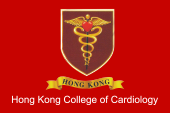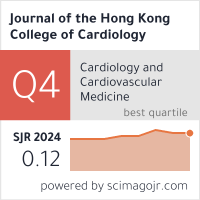Abstract
The increased use of screening electrocardiograms has led to more incidental findings of Wolff-Parkinson-White (WPW) pattern, an abnormal ECG pattern. Asymptomatic WPW refers to patients with an abnormal ECG but no cardiovascular symptoms. The prevalence of WPW syndrome in childhood is estimated at 0.4-2.2 per 1000 individuals, with a higher incidence in males. Most patients have normal cardiac anatomy, but up to 30% of infants with SVT and WPW have associated structural heart diseases. WPW can also be linked to a familial form associated with glycogen storage disease and hypertrophic cardiomyopathy. There are four types of arrhythmias associated with WPW with atrial fibrillation with rapid ventricular conduction posing a small risk of sudden death. Risk stratification aims to identify those at risk of sudden death, enabling potential catheter ablation. Noninvasive testing such as echocardiograms, exercise testing, and 24-hour ambulatory monitoring are used for initial evaluations. If noninvasive testing is inconclusive, invasive electrophysiology (EP) studies and catheter ablation may be considered in older patients. Catheter ablation has high success rates with low complication rates. Serious adverse events are rare but include AV block, cardiac perforation, coronary artery injury, and thromboembolic events. Patients with asymptomatic WPW may receive attention-deficit hyperactivity disorder medications. Athletes with WPW may need to undergo risk stratification with an EP study before engaging in high level competitive sports. In summary, early referral to a paediatric electrophysiologist is crucial for patients with ventricular preexcitation to assess risks, discuss treatment options, and consider the benefits and risks of catheter ablation.
Recommended Citation
Sabrina Tsao, Review of asymptomatic Wolff-Parkinson-White (WPW, ventricular preexcitation) in children Journal of the Hong Kong College of Cardiology 2025;32(1) https://doi.org/10.55503/2790-6744.1552
Creative Commons License

This work is licensed under a Creative Commons Attribution-Noncommercial-No Derivative Works 4.0 License.



